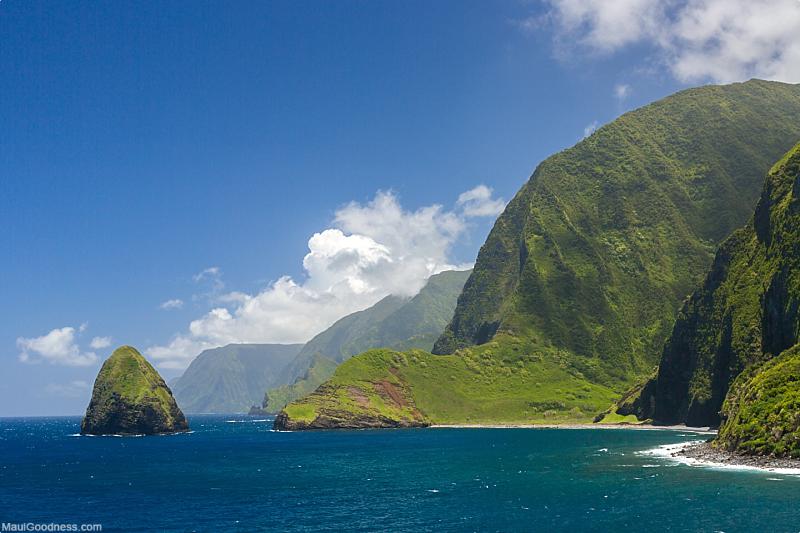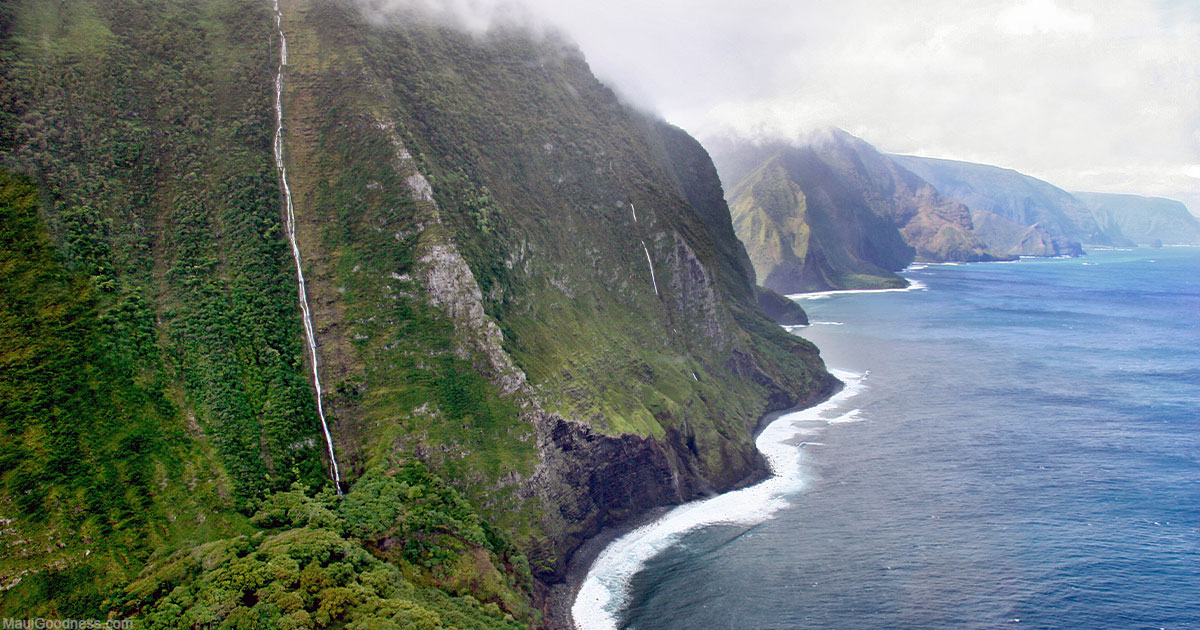Father Damien
Saint (Father) Damien was a Roman Catholic priest from Belgium who volunteered to serve the Kalawao Leprosy Settlement in 1873, where patients were exiled, and resources and know-how were limited. Father Damien led the settlement for 11 years before contracting Leprosy, ultimately leading to his death five years later. His service and bravery have been commended, and in 2009 Pope Benedict XVI performed Father Damien’s canonization. Let’s dive further into Saint Damien of Molokai.
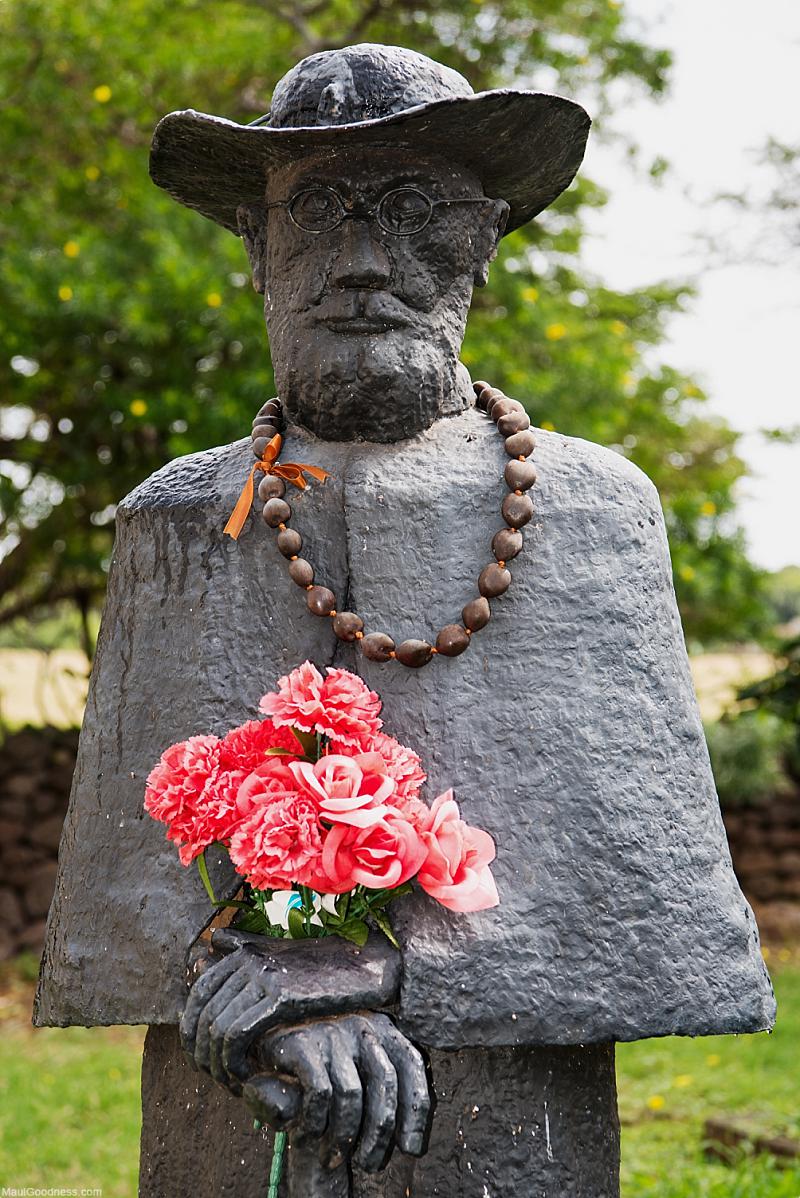
Leprosy and the Rise of Saint Damien
When Leprosy (Hansen’s Disease) began to spread throughout Hawaii, fear of its contagiousness lead to the “Act to Prevent the Spread of Leprosy” which forced anyone with the disease to be exiled to an isolation settlement called Kalawao on the Kalaupapa Peninsula on Molokai in order to contain the disease. Although the Royal Board of Health paid for food and minimal supplies, they did not have the workforce or resources to provide health care. In addition, the land was isolated by harsh cliffs with sheer drops on each side, making it tough to get resources to the small town.
Believing that these suffering people would need religious assistance, Hawaii Bishop Louis Maigret sent four volunteers, including Father Damien, to assist the leper colony. Father Damien dedicated himself to the town and taught the people of the Kalawao Settlement the Catholic faith and even cared for the patients himself. He also took leadership with the community to build schools, roads, hospitals, houses, and churches.
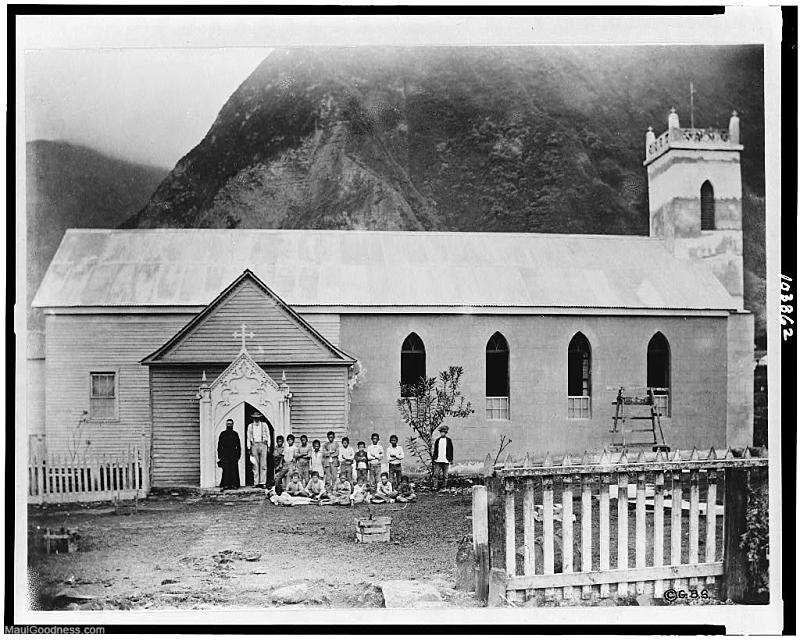
From 1865 to 1969, the law of Hawaii forced those who suffered from Leprosy (Hansen’s Disease) to be exiled to Molokai’s Leprosy Settlement. Over the decades, more than 8,500 people lived in the Kalaupapa settlements.
Father Damien’s Life Before Hawaii
Father Damien was born the youngest of seven children on 3 January 1840. He was named Jozef De Veuster, and he lived in Tremelo (a rural village in Belgium), where they trained him to take over the family farm from a young age. This included quitting school at age 13 and taking business classes at a local college. It was during this time Joseph De Veuster decided to enter the priesthood and took on the name Damien most likely from the first Saint Damian.
Because Damien lacked education, his superiors thought he was not good enough for the priesthood; however, they did not consider him unintelligent. His superiors later decided to allow Damien to become a priest after he quickly learned Latin from his brother, Pamphile. Father Damien dreamed of being sent on a mission, and when Pamphile became too ill to go on his mission to the Hawaiian islands, Damien was sent in his place.
Father Damien’s Mission in Hawaii
Father Damien arrived in Hawaii on 19 March 1864, where the Cathedral of Our Lady Peace ordained him to the priesthood on 21 May 1864. The Kingdom of Hawaii was struggling with a labor shortage in the health sector. It was believed that Chinese workers brought the Leprosy virus to the island between 1830 and 1840.
In those days, Leprosy was considered incurable and highly contagious. King Kamehameha V and Hawaiian Legislature passed the “Act to Prevent the Spread of Leprosy,”; which isolated anyone with Leprosy and required that the more severe cases move to the settlement colony of Kalawao on the island of Molokai.
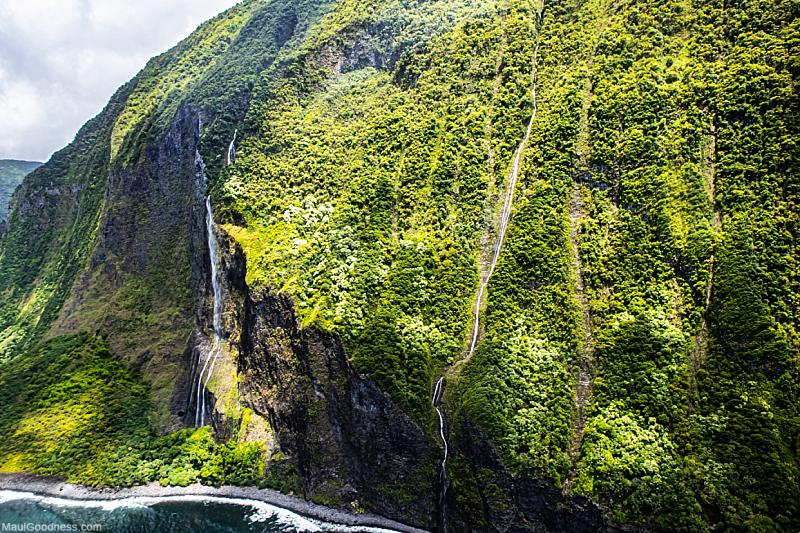
The people were provided with food and supplies, but The Royal Board did not have the resources to offer proper health care. Hawaii’s Royal Board intended for the quarantined people to grow their own crops and care for themselves, but it was impractical due to the local environmental conditions and the effects of leprosy.
Father Damien’s Mission on Molokai
Bishop Louis Desire Maigret (Apostolic Vicar of Honolulu Diocese) wanted the Leprosy patients to have a Catholic priest to assist them but realized it would be a high-risk position. He didn’t have the heart to order anyone to go, so he prayed, and after several years four priests volunteered to go to Molokai, and Father Damien was one of them.
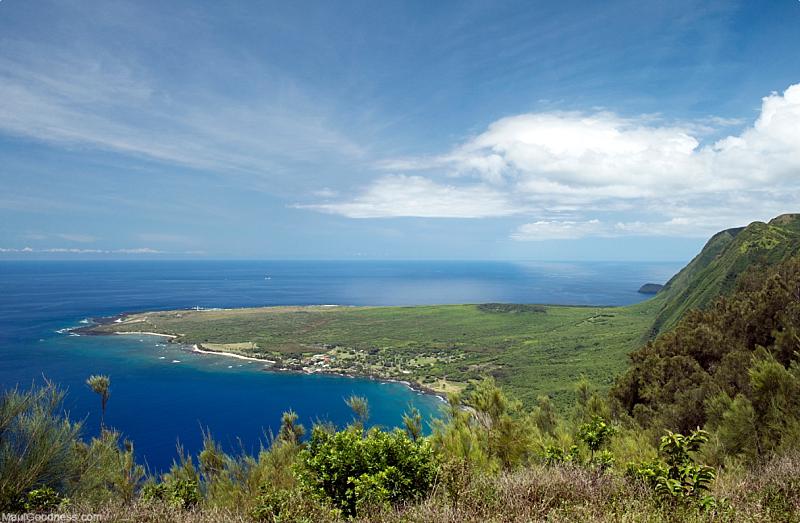
Father Damien was the first volunteer that went over to Molokai, and on 10 May 1873, he introduced himself to the 600 members of the colony. Father Damien worked with the lepers to build a church, dressed residents’ ulcers, built homes, built a reservoir, built furniture, dug graves, and built coffins. Damien made it his mission to improve their state of living.
Under Father Damien’s leadership, he enforced basic laws, working farms were organized, they improved and painted houses, and schools were established. In the 16 years that Father Damien worked in Hawaii, he provided faith, comfort, homes, and medical expertise and prayed at the cemetery of those who passed, and comforted those who were dying.
Saint Damien’s Illness and Death
In December 1884, Damien realized he had contracted the leprosy disease after 11 years when he was preparing a bath, he placed his foot in scalding water that caused blisters, but could not feel it. After realizing that he had contracted the disease, he vigorously worked to build as many homes as he could and planned future programs he had established.
Masanao Goto (a leprologist of Japanese descent) started to treat Father Damien in 1885 and believed leprosy was contracted by the decrease in his blood levels. He treated Damien with moderate exercise, nourishing food, frequent friction to the numbed body parts, ointments, and medical baths. This treatment relieved Damien of some symptoms and was very popular with other patients.
Damien engaged in many activities despite the illness slowing him down. He wanted to complete as many projects as he could with the little time he had left. Father Damien improved the orphanages and completed several building projects while still spreading the Catholic Faith.
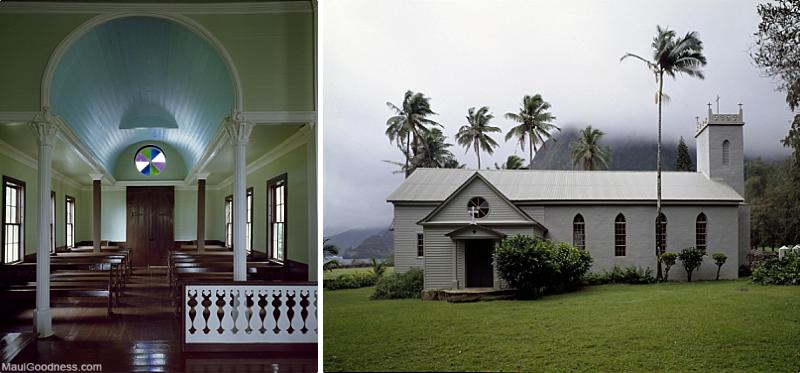
Damien knew death was near when he saw his foot in bandages and his arm in a sling and started dragging his leg. On 23 March 1889, a sickly Father Damien was confined to his bed and passed away on 15 April 1889 at the age of 49. Damien was buried under the same tree where he first slept when he arrived on Molokai.
In January 1936, Damien’s body was returned to his birth land in Belgium at the request of King Leopold III. Damien’s body was buried in Leuven, a historic university close to the village where he was born.
Molokai Today
Today there are only 4 patients left that still live on Molokai, and another 2 receiving treatment on Oahu that do not know if they will go back to Molokai. Their ages range from 73 to 92. Kalaupapa Peninsula is scattered with cemeteries where thousands of exiles were laid to rest, and every January is known as Kalaupapa Month.
In 1980, Kalaupapa was labeled as a National Historical Park, although access still remains limited. Kalawao County is currently closed to the public as well as commercial tours. A reopening date has not been established at this time.
